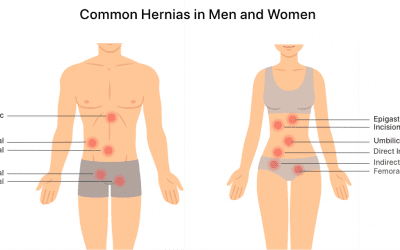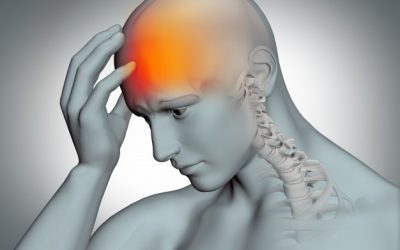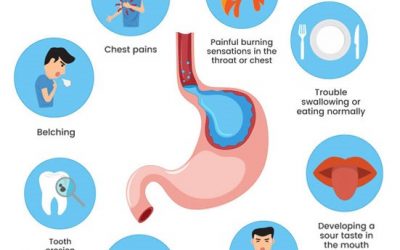Information About Prostate.

POSTATE
The prostate is a walnut-sized gland that is part of man’s sexual organs. The prostate is wrapped around the urethra, the tube that carries urine out of the bladder when you urinate. In men, the urethra also carries semen, the fluid that contains sperm, out of the body during ejaculation. The prostate adds prostatic fluid to the semen when a man ejaculates, and muscles in the prostate gland contract to force the semen out of the body. The prostate undergoes two main growth spurts. The first is fuelled by the sex hormones made by the testes during puberty. The prompts the prostate to reach an average weight of 20 grams. The second growth spurt begins when mend are in their thirties.
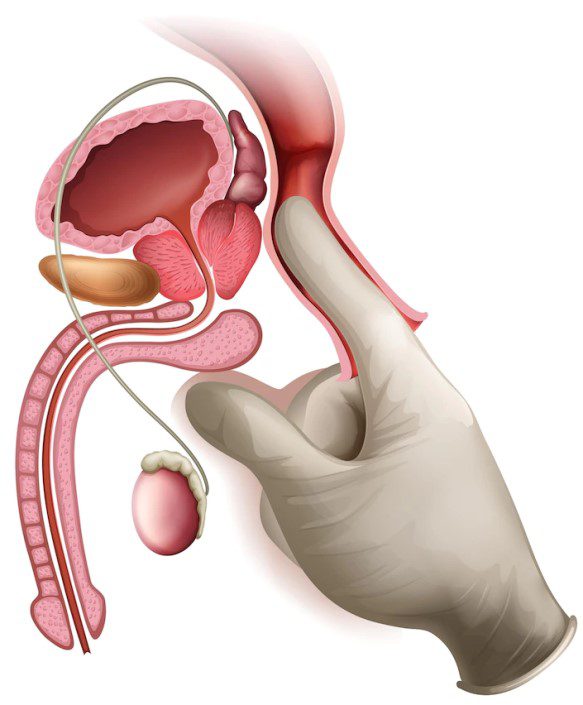
PROSTATE DISEASE AND AGEING:
Around 25 percent men aged 55 years and over have a prostate condition. This increases to 50 percent by the age of 70 years. Early stages of prostate disease may have no symptoms. A symptomatic aging male needs to consult urologist for evaluation of prostate and for devising the appropriate management.
TYPE OF PROSTATE DISEASE:

The three most common forms of prostate disease are inflammation (prostatitis) non – cancerous enlargement of the prostate and prostate cancer. A man may experience one or more of these conditions.
INFLAMMATION OF THE PROSTATE (PROSTATITIS):
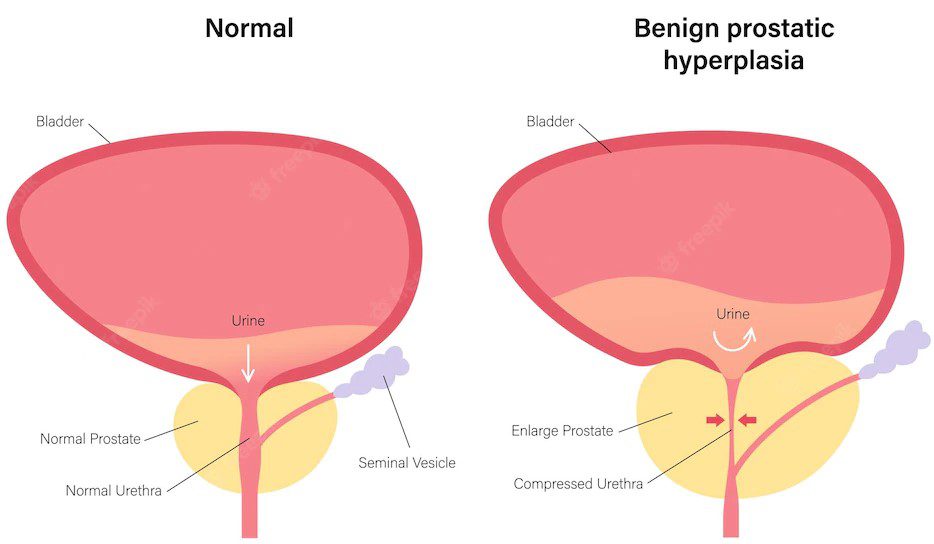
While prostatitis can affect men of any age, it is more common in younger men, aged between 30 and 50 years. The main types of prostatitis are:
- Bacterial prostatitis – Acute or chronic bacterial infection
- Non- Bacterial Prostatitis – Inflamed prostate, also known as chronic pelvic pain syndrome (CPPS)
In most cases, the cause of prostatitis is unknown. Bacterial prostatitis responds well to antibiotic drugs that can get into the prostate.
Non – Bacterial prostatitis, or CPPS, is the most common form of prostatitis and is more difficult to manage. Symptoms vary from one man to another. There is no single test to diagnose CPPS, so your doctor will need to rule out other possible causes of your symptoms before making a diagnosis.
Possible causes of CPPS include:
- A past Bacterial prostatitis infection
- Irritation from some chemicals
- A problem with the nerves connecting the lower urinary tract
- Problems with pelvic floor muscles
- Sexual abuse
- Chronic anxiety problems
Non – Cancerous Enlargement of the prostate (BPH):
Non – Cancerous enlargement of the prostate, or benign prostatic hyperplasia (BPH), is more common as men get older. It is not life threatening, but can significantly affect your quality of life. The enlargement of the prostate gland (which surrounds the proximal part of the urethra) causes bladder outlet obstruction.
Obstructions usually show up as lower urinary tract symptoms which may progress, leading to inability to void urine known as acute urinary retention. This is very painful and is usually relieved temporarily by inserting a thin tube (a catheter) to release the urine.
Chronic (Ongoing) retention, which is less common, can lead to a dangerous, painless accumulation of urine in the bladder. An uncommon form of chronic urinary retention is associated with high bladder pressures, which can damage kidney function.
PROSTATE CANCER:
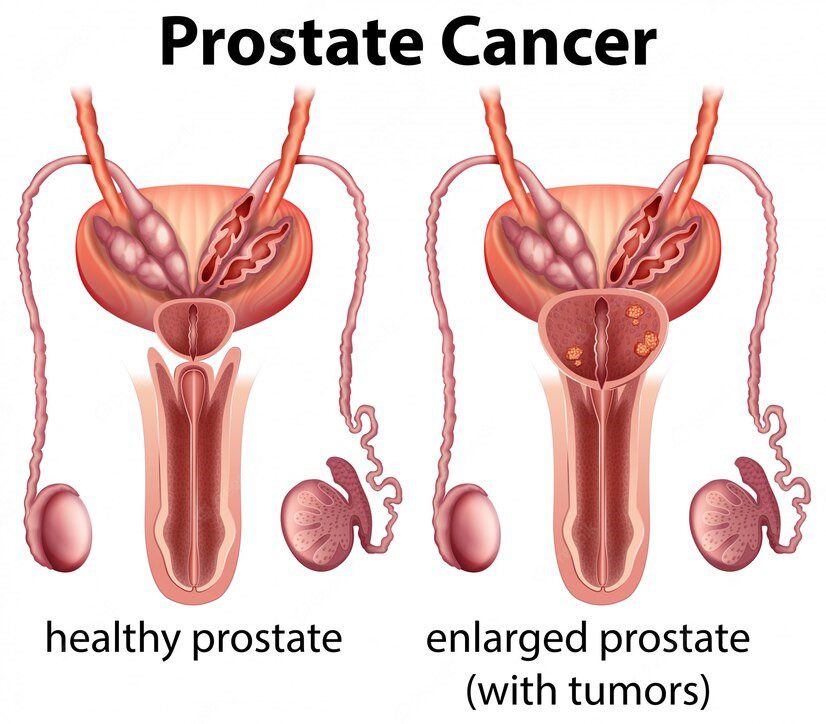
Prostate cancer typically affects men over the age of 50 years. In the early stages, the cancer cells are confined to the prostate gland. With the more aggressive types of prostate cancer, cancer cells enter the vascular and lymphatic systems early and spread to other parts of the body where they develop metastasis, particularly in the bones.
SYMPTOMS OF PROSTATE DISEASE:
- In its earliest stages, prostate, prostate disease may or may not be associated with symptoms. The Symptoms of prostate disease depend on the condition, but may include:
- Difficulties urinating, such as trouble starting the flow of urine
- The urge to urinate often, particularly at night
- Feeling as though the bladder can’t be fully emptied
- Painful urination
- Blood in the urine
- Blood in the urine is often due to causes not related to the prostate. Always see our experts if you find blood in your urine.
DIAGNOSIS OF PROSTATE DISEASE:
Prostate disease is diagnosed using a variety of tests, including:
- Physical Examination, including digital rectal examination (DRE), where doctor inserts a gloved finger into your rectum to check the size of your prostate.
- Blood test for prostate specific antigen (PSA test; discuss this with your doctor)
- Mid-stream urine (MSU) tests to look for infection or blood in the urine
- Ultrasound scans and urinary flow studies
- Biopsies of the prostate.
TREATMENT FOR PROSTATE DISEASE:
Treatment for prostatitis may include antibacterial drugs and supportive treatments, depending on the type of prostatitis.
A patient with BPH is treated only if he is symptomatic which is irrespective to the size of prostate gland.
Treatment for BPH may include medications to relax the smooth muscle of the gland or to shrink the size of the prostate, and surgery to produce a permanently widened channel in the part of the urethra that passes through the prostate.
Treatment for prostate cancer is tailored to the type ; stag & grade of cancer to suit individual circumstances. The nature of the cancer, other health problems the person may have, and their wishes will all be taken into account.
Management approaches for prostate cancer include:
- Active surveillance
- Surgery – for example, radical prostatectomy (Removal of the prostate)
- Radiotherapy
- Ablative treatments such as high-intensity focused ultrasound (HIFU).
- Hormone treatment (androgen deprivation therapy)
- Chemotherapy
- Watchful waiting.
DR.NILESH GURU
CONSULTANT UROLOGIST
BIMS HOSPITAL
APPOINTMENT: 0278-6644444/484
Departments
- Department Of Cardiology
- Neurology
- Nephrology
- Urology
- Spine Surgery
- Orthopaedics/ Trauma
- General Medicine
- General and Laparoscopic Surgery
- Gastrointestinal Surgery
- Bariatric And Diabetes Surgery
- Intensive Care/ Critical Care
- Pulmonology
- Obstetrics and Gynecology
- Oral and maxillofacial surgery
- Dental and Implant surgery
- Neuro Surgery
- Radiology
- Physiotherapy


